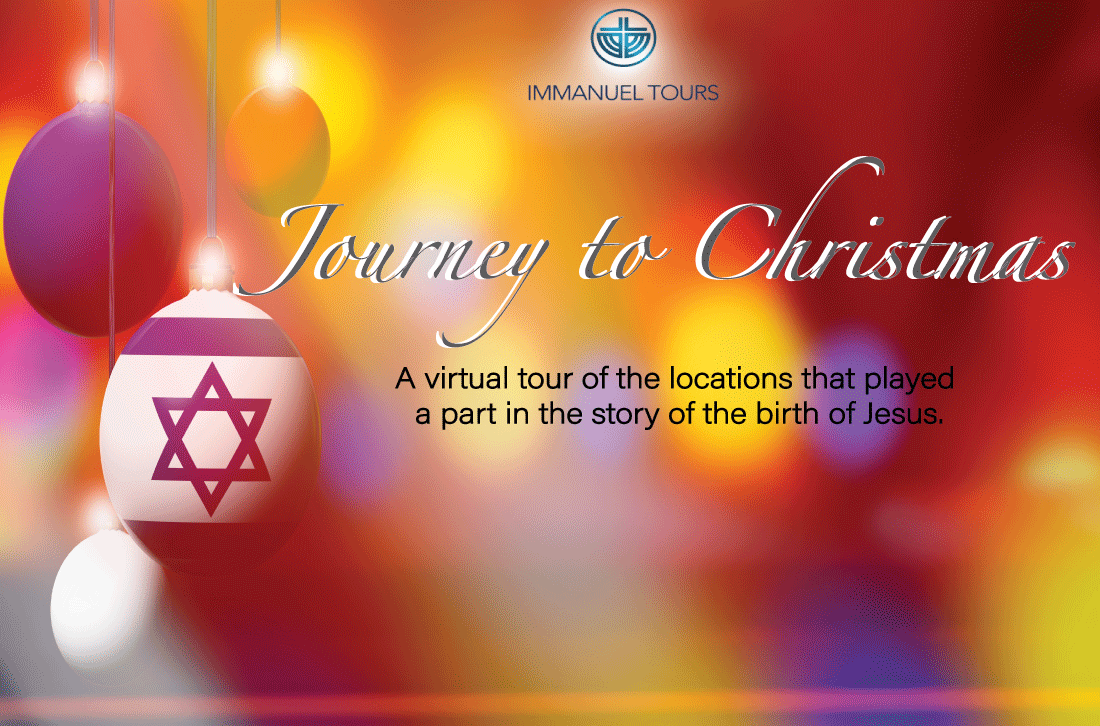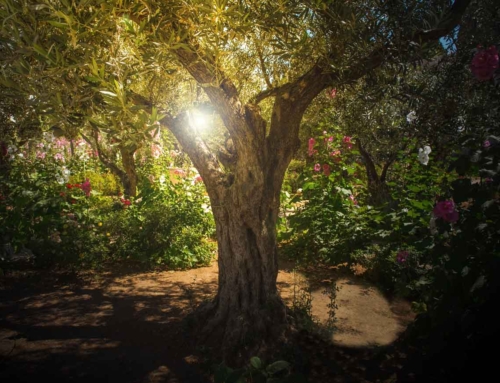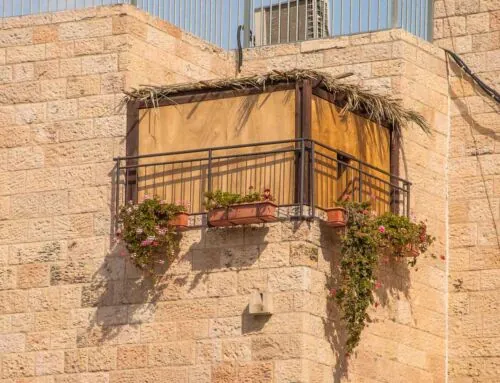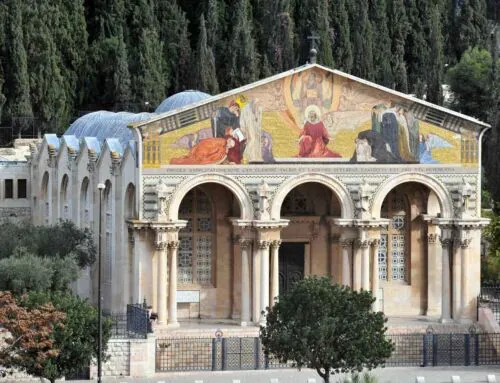The Christmas Story: Judea
The story of Christmas is really a journey through Israel. In this series, we will be taking you through the story, one location at a time, and making Christ’s birth come to life for you.
In the beginning there was the Word, and the Word was with God and the Word was God. – John 1:1
In the southwestern area of the Jerusalem hills there is a small community of 2000 residents that daily sees its population multiply daily. They come as part of pilgrimages from around the world, answering a “cry from the wilderness”.
The beginning of the Christmas story does not begin with Jesus’s birth, but the beginning of time itself, with Christ being present as part of the Trinity. All of history and prophecy led to the events of Jesus being sent, changing history and God’s relationship with man.
These prophecies began to take shape when an elderly priest was met by the angel Gabriel in the temple and told him that his wife Elizabeth, also advanced in years and having been childless, would give birth to a prophet. Zechariah was told their son would make way for the coming of the Lord, but they did not know at the time that the Lord would be born to Elizabeth’s relative, Mary, who lived about ninety miles away in Nazareth.
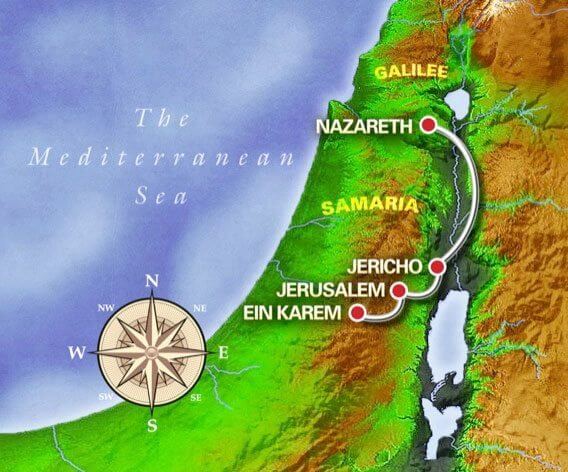
Six months into Elizabeth’s pregnancy, Gabriel appeared to Mary and told her that she would give birth to the Lord. When she asked how, being a virgin, Gabriel told Mary that Elizabeth was expecting, as evidence that nothing was impossible with God. This news caused Mary to go to see Elizabeth, who upon seeing Mary felt her baby leap and was filled with the Holy Spirit. Elizabeth called Mary a blessed woman, and Mary responded with a prayer of praise to God, known as Mary’s Song or the Magnificat.
All of these events took place in the hill country of Judea according to Luke 1:39, known as Ein Karem, which is first mentioned in the time of Jeremiah in Jeremiah 6:1. It is believed that Zechariah and Elizabeth had 2 homes, one on a hill where Elizabeth spent the summer months for its cooler weather, and likely the 5 months of her pregnancy spoken of in Luke 1:24. It is believed this is likely where Mary visited her. Their home in the valley is where it is thought that John the Baptist was born.
While the exact locations of these events within the town have at this point not been verified, the town is very much where the changing of God’s relationship with man began.
Since the third century, under the direction of Constantine, the traditional sites of these events have been honored. There are three main sites that pilgrims visit.
Today at the site of what is traditionally recognized as the hill home of Zechariah and Elizabeth, the Church of the Visitation commemorates the visit between Elizabeth and Mary. The current church, part of the Catholic church, has been present since 1955, however there have been many iterations of churches here, and the current church includes remains from shrines from the Byzantine and Crusader periods.
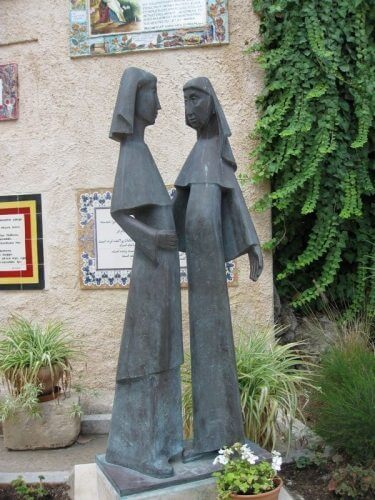
Another location of pilgrimage is the Church of the Nativity of St John the Baptist, which is in the area is believed to be at the valley home of Zechariah and Elizabeth, and the birthplace of John the Baptist. It includes a natural grotto that is believed to have been part of their home and where John was born.
The final location related to the story of Christ’s birth is Mary’s Spring. The spring dates back to the Bronze Age and has been in use for 3000 years. It is believed she stopped to drink on her way to visit Elizabeth, which is not impossible or unlikely, even if it is not possible to confirm. Whether or not she really did does not take away from the significance of being able to see springs that were used in that time, giving a true glimpse of the time they all lived.
This is just the first stop on our journey to the birth of the Savior. We hope you will continue this journey with us throughout the Christmas season!

